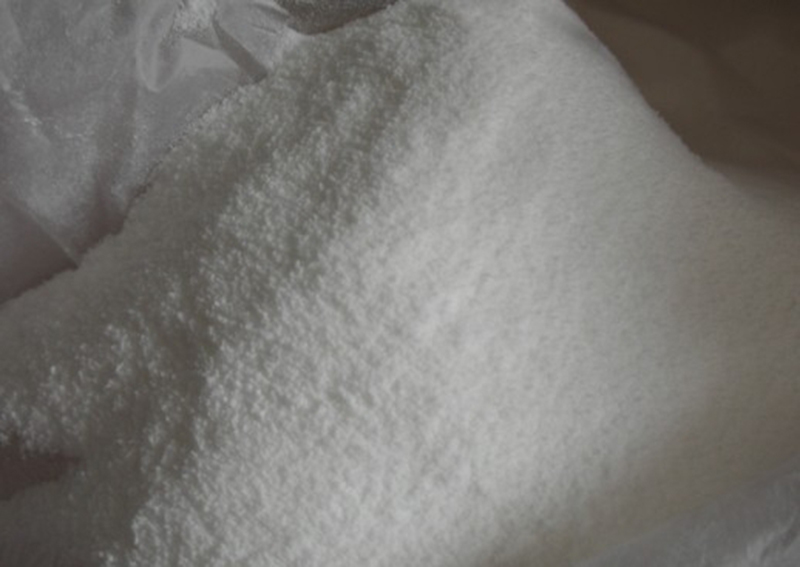D-Glucuronolactone Side Effects
Glucuronolactone is a natural, white solid compound. It is odorless and soluble in hot and cold water. Glucuronolactone is commonly used as a detoxifier in energy drinks. Though it’s considered safe, some are convinced it has potentially dangerous health effects.
What Is D-Glucuronolactone?
D-Glucuronolactone is used as a supplement in certain sports energy drinks; most notably Red Bull. Glucuronolactone is implicated as an agent which may be helpful for enhancing cardiovascular functioning, improving athletic performance and promoting alertness.
Possible Side Effects of D-Glucuronolactone
GRAS Affirmation: Yes
Generally recognized as safe (GRAS) is an American Food and Drug Administration (FDA) designation that a chemical or substance added to food is considered safe by experts, and so is exempted from the usual Federal Food, Drug, and Cosmetic Act (FFDCA) food additive tolerance requirements. D-Glucuronolactone is considered safe.
Suggested Dosage
Doses of 350mg glucuronolactone have been found to be effective for use as a pre workout supplement (Hoffman et al, 2008). The effects of glucuronolactone set in fairly rapidly. It has been reported that consuming a supplement containing glucuronolactone 10 minutes before exercise resulted in improved exercise performance (Hoffman et al, 2008). However, given that glucuronolactone typically occurs with other ingredients, it is recommended for such supplements to be consumed 30 to 45 minutes before a workout, or as indicated by the manufacturer.
Special Populations Precaution
There is a lot of concern about diet and nutrition for these population, like Newborns, children, pregnant, sensitive to D-Glucuronolactone populations. Better consult to your doctor if you would like to intake D-Glucuronolactone.
Related Research
1. Formation of alpha-amino-gamma, delta-dihydroxyadipic acid by boiling D-glucuronolactone and urea in 6 mol/1 hydrochloric acid. [Clin Chim Acta. 1986 Nov 15] Author: Yuasa S.
2. Comparison of D-glucuronolactone and aldehyde dehydrogenase activities in the rat liver. [Med Biol. 1977 Apr] Author: Törrönen R, Marselos M.
3. Effects of D-glucuronolactone, L-gulonolactone and penitols on insulin secretion in dogs. [Endocrinol Jpn. 1973 Aug] Author: Kuzuya T, Kanazawa Y, Kikuchi M, Ide T.
4. Common properties of D-glucuronolactone and aldehyde dehydrogenase from the soluble fraction of rat liver. [Biochim Biophys Acta. 1972 Apr 7] Author: Aarts EM, Hinnen-Bouwmans C.

